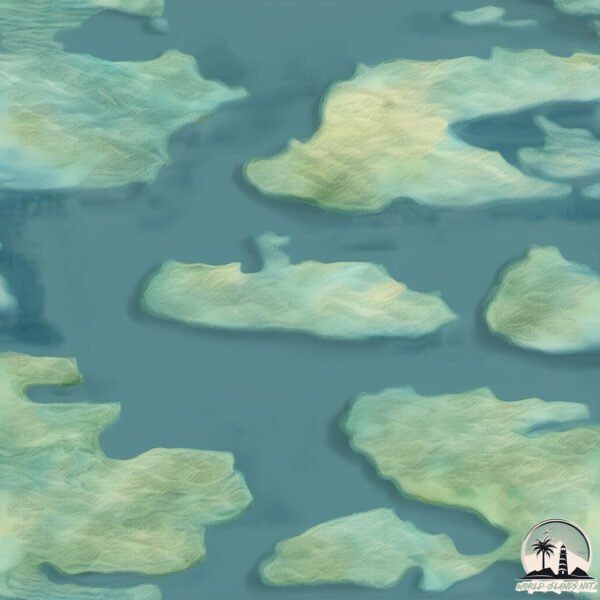Welcome to Rhodes , a Temperate island in the Mediterranean Sea – Eastern Basin, part of the majestic Atlantic Ocean. This guide offers a comprehensive overview of what makes Rhodes unique – from its geography and climate to its population, infrastructure, and beyond. Dive into the details:
Geography and size of Rhodes
Size: 1406 km²Coastline: 234 kmOcean: Atlantic OceanSea: Mediterranean Sea – Eastern BasinContinent: Europe
Rhodes is a Very Large Island spanning 1406 km² with a coastline of 234 km.
Archipel: Mediterranean islands – Encompassing numerous islands in the Mediterranean Sea, each with its own unique culture, history, and natural beauty, from the Balearics to the Greek islands.
Tectonic Plate: Aegean Sea – Located in the eastern Mediterranean, this microplate is characterized by seismic and volcanic activity due to its interaction with the Eurasian and African Plates.
The geographic heart of the island is pinpointed at these coordinates:
Climate and weather of Rhodes
Climate Zone: TemperateClimate Details: Hot-Summer Mediterranean ClimateTemperature: Hot Summer
Climate Characteristics: Characterized by hot, dry summers and mild, wet winters, typical of coastal areas with abundant sunshine.
Topography and nature of Rhodes
Timezone: UTC+02:00Timezone places: Europe/MariehamnMax. Elevation: 1082 m Mean Elevation: 196 mVegetation: Sparse Vegetation with Trees/ShrubsTree Coverage: 22%
The mean elevation is 196 m. The highest elevation on the island reaches approximately 1082 meters above sea level. The island is characterized by Plateau: Elevated flatlands rising sharply above the surrounding area, with a maximum elevation over 500 meters but a mean elevation less than 300 meters, forming unique highland areas on islands.
Dominating Vegetation: Sparse Vegetation with Trees/Shrubs
Vegetation: 16 vegetation zones – Exceptionally Diverse Island
Infrastructure and Travelling to Rhodes
Does the island have a public airport? yes .
Does the island have a major port? yes .
The mean population of Rhodes is 85 per km². Rhodes is Gently Populated. The island belongs to Greece .
The name of the island resonates across different cultures and languages. Here is how it is known around the world: Arabic: رودس; German: Rhodos; Spanish: Rodas; French: Rhodes; Portuguese: Rodes; Russian: Родос; Chinese: 罗得岛
Continuing your journey, Nisí Chálki is the next notable island, situated merely km away.
Error 403 The request cannot be completed because you have exceeded your
quota . : quotaExceeded
Greece is classified as Developed region: nonG7: Developed economies outside of the Group of Seven, characterized by high income and advanced economic structures. The level of income is High income: OECD.
News – Latest Updates and Headlines from Rhodes
Stay informed with the most recent news and important headlines from Rhodes. Here’s a roundup of the latest developments.
Loading...
Social Media Posts about Rhodes
Loading...
Please note: The data used here has been primarily extracted from satellite readings. Deviations from exact values may occur, particularly regarding the height of elevations and population density. Land area and coastline measurements refer to average values at mean high tide.

